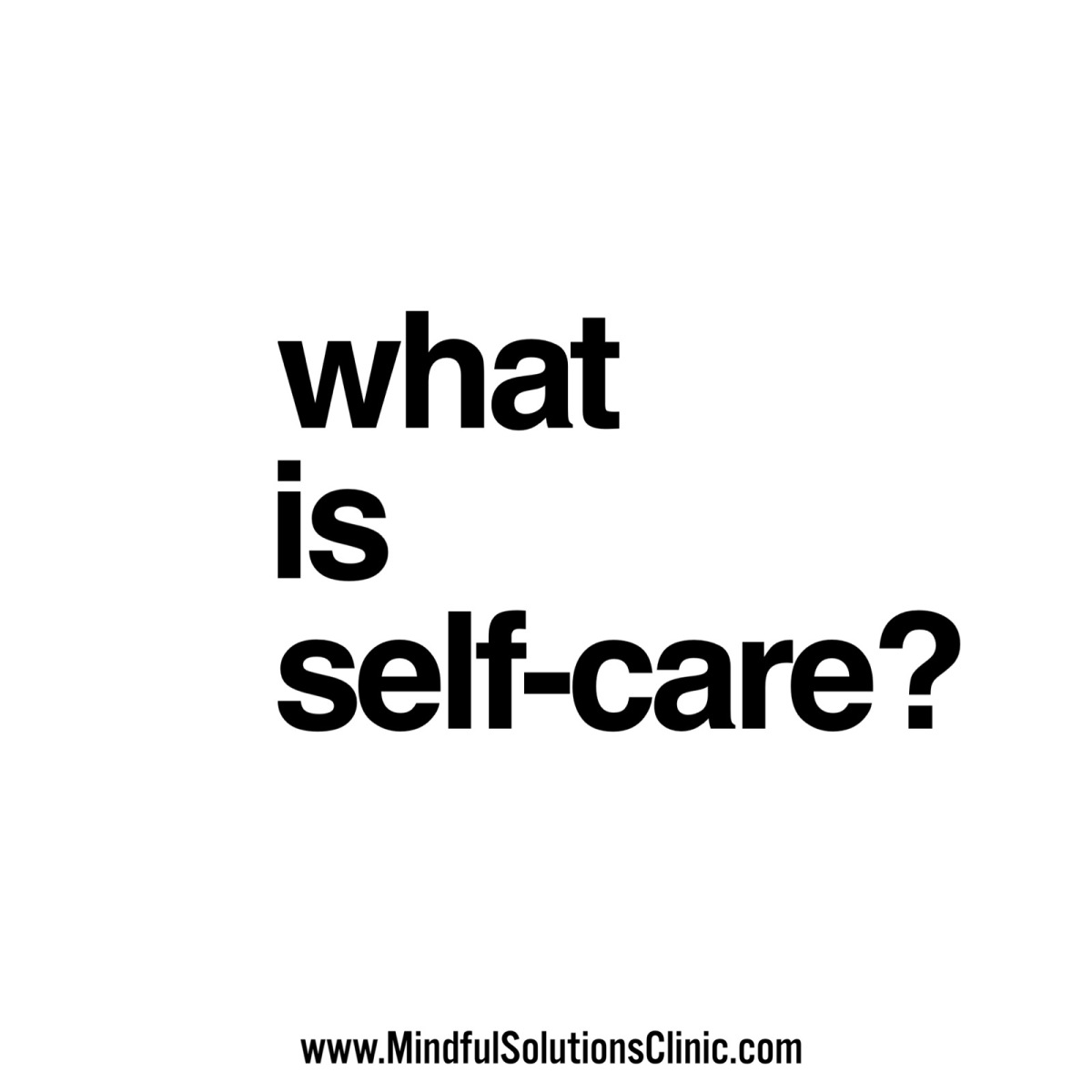 I often teach my clients about the concept of the Monkey Mind – the inner narrative that we ALL have inside that is often critical and hopelessly jumps from one thought to another, just as a monkey tirelessly swings from branch to branch in the jungle.
I often teach my clients about the concept of the Monkey Mind – the inner narrative that we ALL have inside that is often critical and hopelessly jumps from one thought to another, just as a monkey tirelessly swings from branch to branch in the jungle.
Today, my Monkey Mind is especially loud. Yup, even though I teach this stuff for a living, I still have a Monkey Mind. Some days, she’s well behaved, on the quiet side and unassuming. I so appreciate those days when we seem to get along! On other days, however, she leaves my head spinning from exhaustion, as she flits about from one thought to the next, at a rapid-fire pace.
Today, she is LOUD.
That’s where my daily mindfulness practice comes in. Mindfulness is about giving yourself the purposeful gift of present moment awareness without judgment.
Mindfulness is about setting your focused INtention to pay ATtention to what you choose to focus on.
It’s about training your Monkey Mind, by teaching her that you are not her. And that she isn’t the boss of you. Mindfulness is about learning to be the one observing Monkey Mind. Mindfulness meditation is a great tool to practice this important concept of the Observer Self.
Thankfully, we ‘ve come a long way in our Western society in accepting that a mindfulness practice doesn’t mean that you are required to sit cross-legged on the floor, dressed in saffron robes, burning incense and candles, and chanting Sanskrit mantras. Sure, meditating on the cognitive (mind), body, psychological and spiritual connection can be accomplished by quietly sitting with your eyes closed and directing one’s focused attention on an anchor of some sort (e.g. your breathing). And that’s certainly my practice of choice on most days.
However, today, I recognized that my mind was simply too scattered and unfocused to be able to sit quietly with my eyes closed for an extended period of time. On stressful days like today, I make it a point to practice a more active form of meditation to help ground myself to the present moment and quiet the Inner Monkey – by either walking, dancing, singing, painting, or drawing.
So I spent about 30 minutes at lunchtime today drawing this mandala on my iPad. This wasn’t about creating art for art’s sake. This was about directing my attention to an activity with full moment-by-moment awareness. It was about making mindful brush strokes and coordinating my breathing with each line drawn. It was about choosing to focus on what *I* wanted to focus on, no matter how many times my Monkey Mind pipped up with one of her patented random thoughts that don’t always make sense.
The result? My Monkey Mind quieted down about 5 minutes into the activity. And now, even hours later, it’s as though she’s still napping somewhere in the jungle inside my head. And I used the reprieve she’s given me to get some much-needed work done… including writing this blog post which had seemed like an insurmountable task earlier today.
How about THAT for a mindful solution to an everyday problem?
43.677582
-79.353199

 Since psychotherapy (also known as counselling) is a rather misunderstood concept (not to mention often steeped in stigma), the suggestion that you see a therapist can be scary.
Since psychotherapy (also known as counselling) is a rather misunderstood concept (not to mention often steeped in stigma), the suggestion that you see a therapist can be scary.

 Here is a brand new guided audio meditation that can help those of you who are dealing with physical or emotional pain. Hope you enjoy it!
Here is a brand new guided audio meditation that can help those of you who are dealing with physical or emotional pain. Hope you enjoy it!

 I often get asked by clients what this idea of “self-care” really looks like, practically speaking. It seems like we’re bombarded with this expression everywhere we look, especially on our social media feeds. Here are my thoughts on self-care, as well as some quick tips you can use today to begin practising good self-care.
I often get asked by clients what this idea of “self-care” really looks like, practically speaking. It seems like we’re bombarded with this expression everywhere we look, especially on our social media feeds. Here are my thoughts on self-care, as well as some quick tips you can use today to begin practising good self-care.
 I often teach my clients about the concept of the Monkey Mind – the inner narrative that we ALL have inside that is often critical and hopelessly jumps from one thought to another, just as a monkey tirelessly swings from branch to branch in the jungle.
I often teach my clients about the concept of the Monkey Mind – the inner narrative that we ALL have inside that is often critical and hopelessly jumps from one thought to another, just as a monkey tirelessly swings from branch to branch in the jungle.
You must be logged in to post a comment.